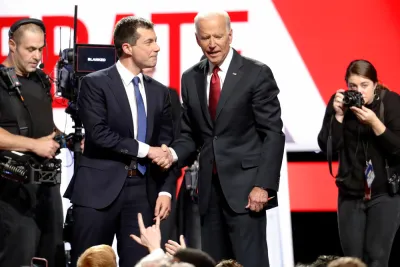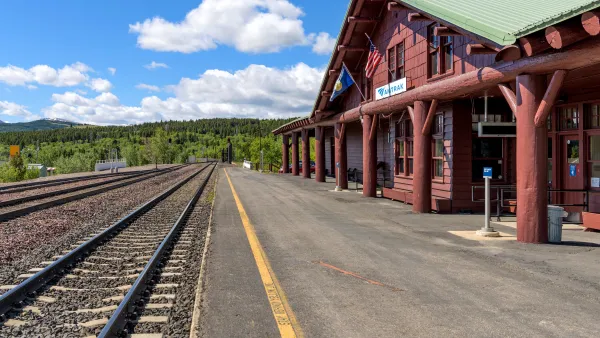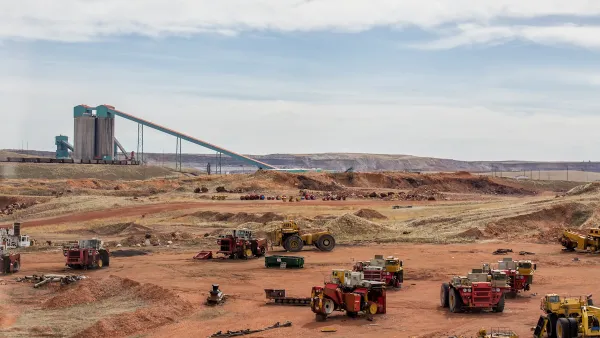Congress has an opportunity to acknowledge the racial inequity built into our failing infrastructure and to put into operation the promise of equity in Biden’s infrastructure plans.

The Biden presidency provides more than a glimmer of hope—and Congress has an incredible opportunity to join his vision— for an infrastructure package that will create generational investment in our communities, families, and children. Investing in housing, transit, and community institutions can be a promise and a commitment to begin to repair not just the damage of the previous presidency and the pandemic but also the cumulative impacts of other historical wrongdoings—such as redlining and segregation, income inequality, and environmental injustice.
The $2 trillion American Jobs Plan and its companion $1.8 trillion American Families Plan unveiled by Biden have lofty goals and are much needed: they include rebuilding 20,000 miles of roads, highways, and rail; confronting the climate crisis; curbing income inequality; improving community care facilities for seniors and people with disabilities; generating millions of new jobs; and making a focused set of investments in health care, child care, and education.
Congress has an opportunity it must not squander to acknowledge the racial inequity built into our failing infrastructure and put into operation the promise of equity in Biden’s infrastructure plans. To accomplish that we need to do two things: (1) invest in underinvested communities by pairing large-scale capital infrastructure and social investments with funding to develop a nimble and well-supported ecosystem that can translate those investments into real change in specific communities, and (2) guard against the kinds of unintended consequences that have beset previous initiatives.
Models for an Infrastructure Plan
Five historic, game-changing bills could provide a model for building community infrastructure and networks that increase community capacity to respond to pressing crises. All four created durable funding streams that allocated resources to communities of all sizes across the country . . .
FULL STORY: How to Get Racial Equity into Biden’s Infrastructure Plan

Analysis: Cybertruck Fatality Rate Far Exceeds That of Ford Pinto
The Tesla Cybertruck was recalled seven times last year.

National Parks Layoffs Will Cause Communities to Lose Billions
Thousands of essential park workers were laid off this week, just before the busy spring break season.

Retro-silient?: America’s First “Eco-burb,” The Woodlands Turns 50
A master-planned community north of Houston offers lessons on green infrastructure and resilient design, but falls short of its founder’s lofty affordability and walkability goals.

Test News Post 1
This is a summary

Analysis: Cybertruck Fatality Rate Far Exceeds That of Ford Pinto
The Tesla Cybertruck was recalled seven times last year.

Test News Headline 46
Test for the image on the front page.
Urban Design for Planners 1: Software Tools
This six-course series explores essential urban design concepts using open source software and equips planners with the tools they need to participate fully in the urban design process.
Planning for Universal Design
Learn the tools for implementing Universal Design in planning regulations.
EMC Planning Group, Inc.
Planetizen
Planetizen
Mpact (formerly Rail~Volution)
Great Falls Development Authority, Inc.
HUDs Office of Policy Development and Research
NYU Wagner Graduate School of Public Service




























